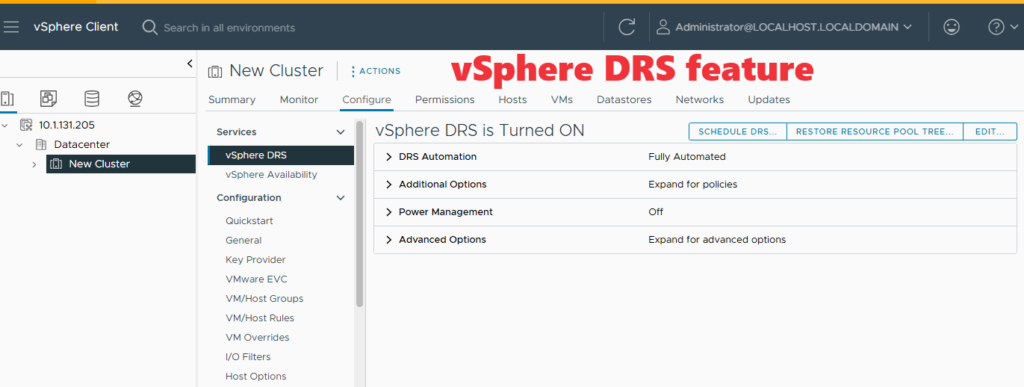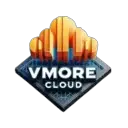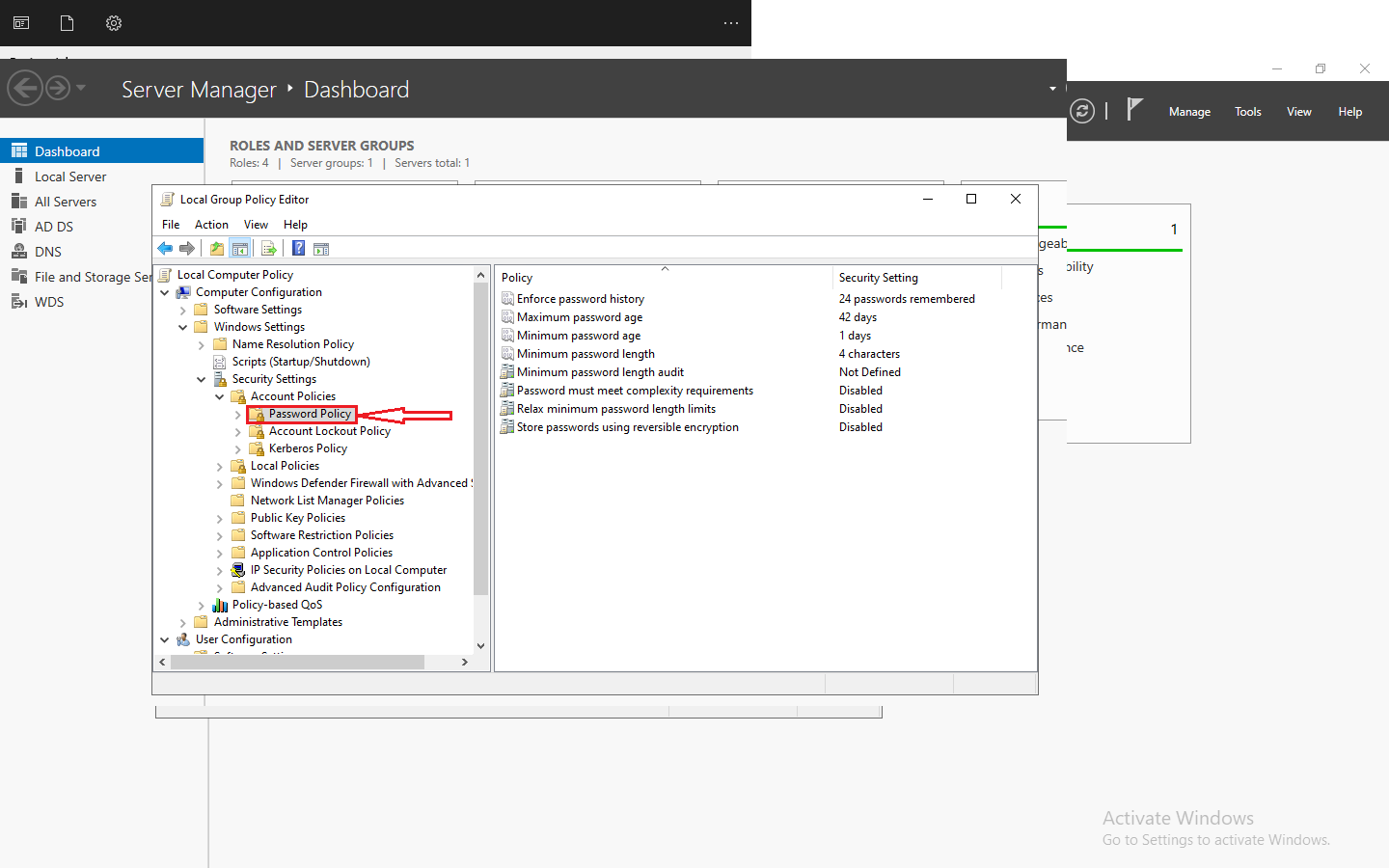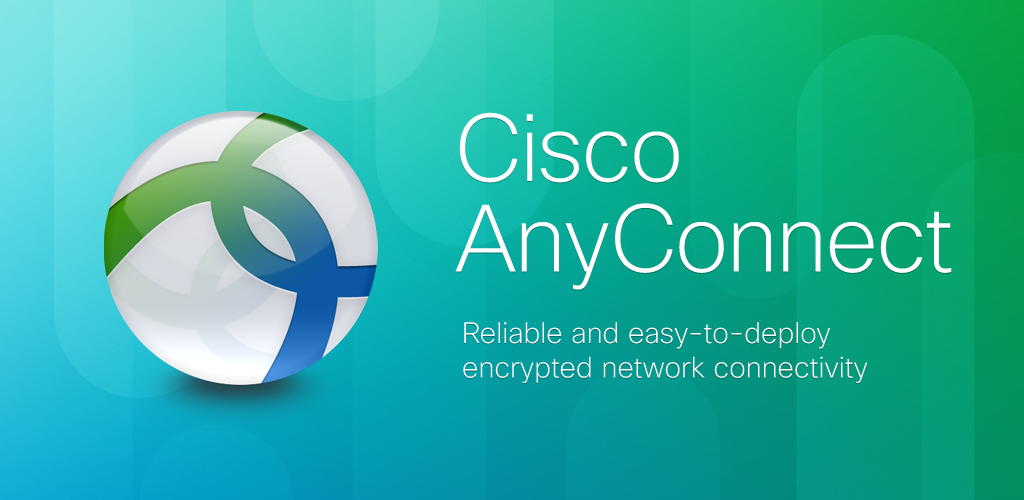Introduction to VMware vCenter and its importance in virtualization management
VMware vCenter is the cornerstone of virtualization management, providing a unified platform for administering and monitoring your virtual infrastructure. It acts as the command centre, enabling you to manage your ESXi hosts, virtual machines, and a wide range of other components with ease. By centralizing the management of your virtualized environment, vCenter streamlines operations, enhances visibility, and empowers you to make informed decisions.
Table of Contents
Introduction to VMware vCenter and its importance in virtualization management
VMware vCenter is the cornerstone of virtualization management, providing a unified platform for administering and monitoring your virtual infrastructure. It acts as the command center, enabling you to manage your ESXi hosts, virtual machines, and a wide range of other components with ease. By centralizing the management of your virtualized environment, vCenter streamlines operations, enhances visibility, and empowers you to make informed decisions.
Advanced access control features and techniques in VMware vCenter
Centralized management
VMware centre is a platform that provides centralized management for various virtualization technologies. It allows users to efficiently manage and control their virtualized infrastructure from a single interface. With VMware centre, administrators can easily monitor and manage virtual machines, storage, and networking resources. This centralized approach simplifies the management process and enhances productivity. By consolidating all management tasks into one platform, VMware centre streamlines operations and reduces complexity. It offers a comprehensive set of tools and features that enable administrators to optimize resource utilization, automate routine tasks, and ensure the smooth operation of their virtualized environment. With VMware centre, organizations can achieve greater efficiency, scalability, and agility in their IT infrastructure.
VMware vCenter Resource pooling
VMware vCenter Resource pooling is a feature that allows for the efficient allocation and management of computing resources within a virtualized environment. With resource pooling, organizations can consolidate their physical servers and create a shared pool of resources that can be dynamically allocated to virtual machines as needed. This helps to optimize resource utilization and improve overall system performance.
By pooling resources, organizations can avoid the need for dedicated hardware for each virtual machine, reducing costs and simplifying management. Instead of having separate servers for different applications or departments, resources can be shared and allocated based on demand. This flexibility allows for better resource utilization and the ability to quickly scale up or down as needed.
Resource pooling also enables organizations to implement policies and controls to ensure fair and efficient resource allocation. Administrators can set limits and priorities for different virtual machines or groups of virtual machines, ensuring that critical workloads receive the necessary resources while preventing any single workload from monopolizing resources.
In addition to resource allocation, VMware vCenter also provides monitoring and reporting capabilities to help administrators track resource usage and identify potential bottlenecks or performance issues. This visibility allows for proactive management and optimization of resources, ensuring that the virtualized environment operates at peak efficiency.
High availability and fault tolerance
VMware vCenter provides high availability and fault tolerance capabilities to ensure the continuous operation and reliability of your virtualized environment. With vCenter’s high availability feature, you can minimize downtime and maintain business continuity by automatically restarting vCenter services on another host in the event of a failure. This ensures that your management infrastructure remains accessible and operational, allowing you to effectively manage and monitor your virtual machines and resources.
In addition to high availability, vCenter also offers fault tolerance, which provides continuous protection against host failures. By enabling fault tolerance for critical virtual machines, vCenter creates a secondary copy of the VM that runs on a separate host. This secondary copy is kept in sync with the primary VM in real-time, ensuring that any failure on the primary host is seamlessly and instantly transitioned to the secondary host without any interruption or loss of data.
By leveraging vCenter’s high availability and fault tolerance capabilities, you can enhance the resilience and reliability of your virtualized environment, ensuring that your critical workloads and applications remain accessible and operational at all times. This not only minimizes the impact of potential failures but also provides peace of mind knowing that your infrastructure is protected and capable of handling unexpected events.
vSphere vMotion and Storage vMotion
VMware vCenter vSphere vMotion and Storage vMotion are two essential features that play a crucial role in the virtualization environment. These features enable seamless migration of virtual machines (VMs) and their associated storage resources between different hosts and datastores, respectively. With vMotion, administrators can move running VMs from one physical server to another without any interruption to the VM’s availability or performance. This allows for efficient load balancing, hardware maintenance, and disaster recovery. On the other hand, Storage vMotion facilitates the relocation of VM storage files, such as virtual disks and snapshots, across different datastores. This capability ensures optimal storage utilization, enables live storage maintenance, and simplifies storage provisioning and management. Both vMotion and Storage vMotion contribute to the flexibility, scalability, and resilience of virtualized environments, empowering organizations to achieve higher levels of efficiency and agility.
vSphere Distributed Resource Scheduler (DRS)
VMware vCenter vSphere Distributed Resource Scheduler (DRS) is a powerful tool that allows for efficient resource allocation and management within a virtualized environment. With DRS, administrators can ensure that workloads are evenly distributed across hosts, optimizing performance and minimizing downtime. By automatically balancing resource usage, DRS helps to prevent bottlenecks and overutilization, resulting in improved overall system performance. This feature is particularly useful in dynamic environments where workloads fluctuate, as it allows for seamless adaptation to changing demands. With DRS, administrators can confidently maximize the utilization of their virtual infrastructure, ensuring that resources are allocated in the most efficient and effective manner possible.

Centralized monitoring and reporting
VMware vCenter provides a centralized platform for monitoring and reporting. With VMware vCenter, users can easily keep track of their virtualized infrastructure and gain valuable insights into its performance and health. This powerful tool allows administrators to monitor various aspects of their virtual environment, including CPU usage, memory utilization, storage capacity, and network traffic. By providing real-time data and comprehensive reports, VMware vCenter enables users to make informed decisions and optimize their virtualized infrastructure for maximum efficiency and reliability. Whether it’s monitoring the overall health of the virtual machines or analyzing historical trends, VMware vCenter offers a wide range of monitoring and reporting capabilities to meet the needs of any organization. With its user-friendly interface and robust features, VMware vCenter is a must-have tool for any IT professional managing a virtualized environment.
Integration with Additional VMware solutions
VMware vCenter Integration with Additional VMware solutions allow for seamless integration between vCenter and other VMware solutions. This integration enhances the functionality and efficiency of vCenter, providing users with a comprehensive and unified management experience. By integrating with additional VMware solutions, vCenter becomes a powerful tool that can streamline operations, improve performance, and simplify management tasks. This integration enables users to leverage the capabilities of other VMware solutions, such as vSphere, NSX, and vSAN, directly from the vCenter interface. With this enhanced integration, users can easily manage and monitor their virtual infrastructure, automate tasks, and gain deeper insights into their environment. VMware vCenter Integration with Additional VMware solutions is a valuable feature that empowers users to maximize the benefits of their VMware ecosystem.
Conclusion: Leveraging the power of advanced access control in VMware vCenter
In conclusion, VMware vCenter’s advanced access control features and techniques are essential for securing your virtual infrastructure and ensuring that the right users have the appropriate level of access. By mastering the power of role-based access control, privileges and permissions management, user and group management, and comprehensive auditing and logging, you can unlock the full potential of your VMware environment and maintain a robust, secure, and well-governed virtualized infrastructure.
If you’re ready to take your VMware vCenter access control to the next level, schedule a consultation with our virtualization experts today. We’ll help you develop a tailored access control strategy, implement best practices, and optimize your virtual environment for maximum security and efficiency.













